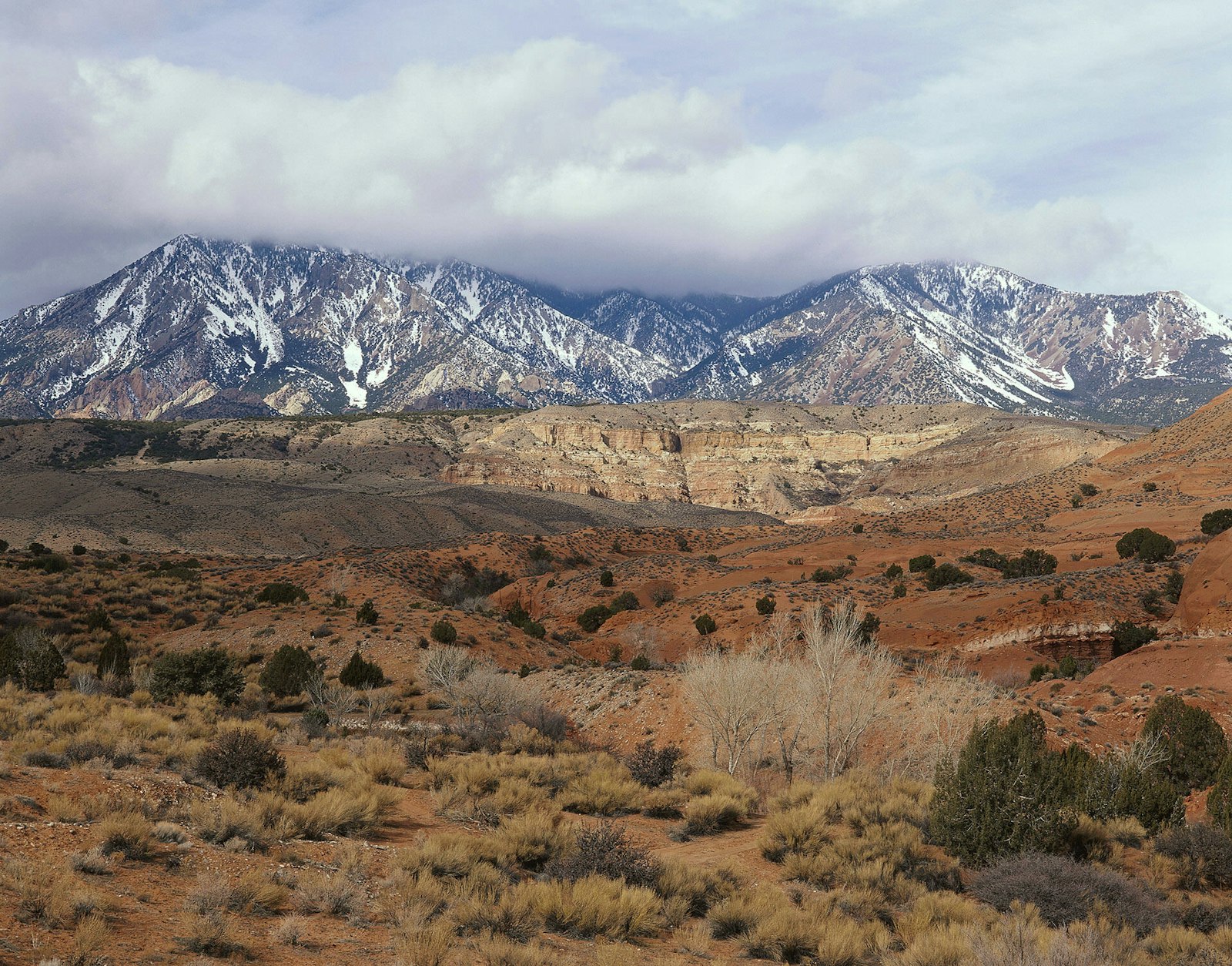
Capitol Reef National Park
Capitol Reef National Park, one of the many national parks in Utah, contains nearly a quarter million acres in 'slickrock country'.
Plant and animal life is diverse because of a variety of habitats such as pinyon-juniper, perennial streams, dry washes, and rock cliffs.
The Waterpocket Fold defines Capitol Reef National Park. A nearly 100-mile long warp in the Earth's crust, the Waterpocket Fold is a classic monocline: a regional fold with one very steep side in an area of otherwise nearly horizontal layers. A monocline is a "step-up" in the rock layers. The rock layers on the west side of the Waterpocket Fold have been lifted more than 7000 feet higher than the layers on the east. Major folds are almost always associated with underlying faults.
The Waterpocket Fold formed between 50 and 70 million years ago when a major mountain building event in western North America, the Laramide Orogeny, reactivated an ancient buried fault. When the fault moved, the overlying rock layers were draped above the fault and formed a monocline.
Park Updates
-
UpdateNPF Invests $5 Million in Service Corps Programs